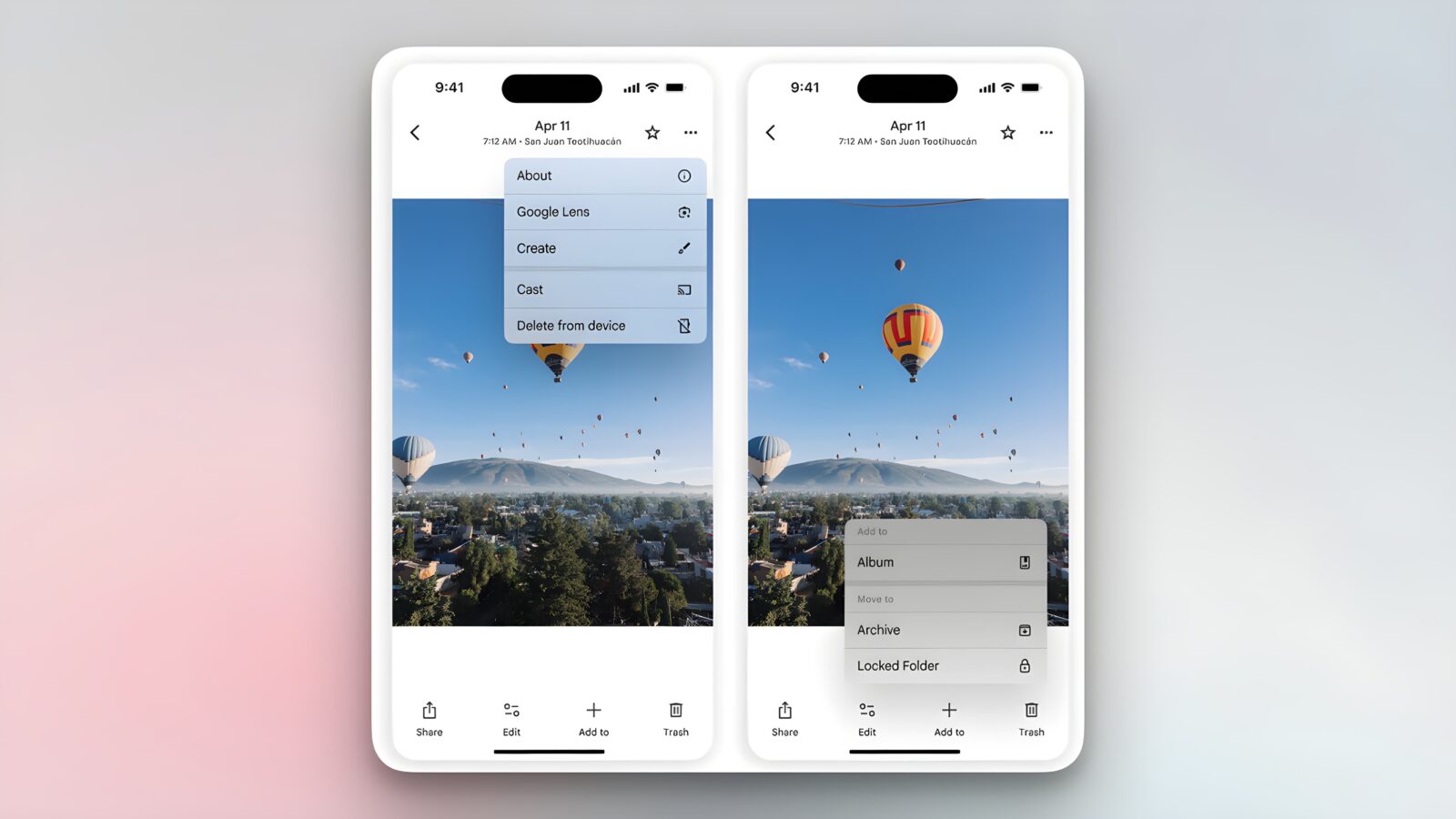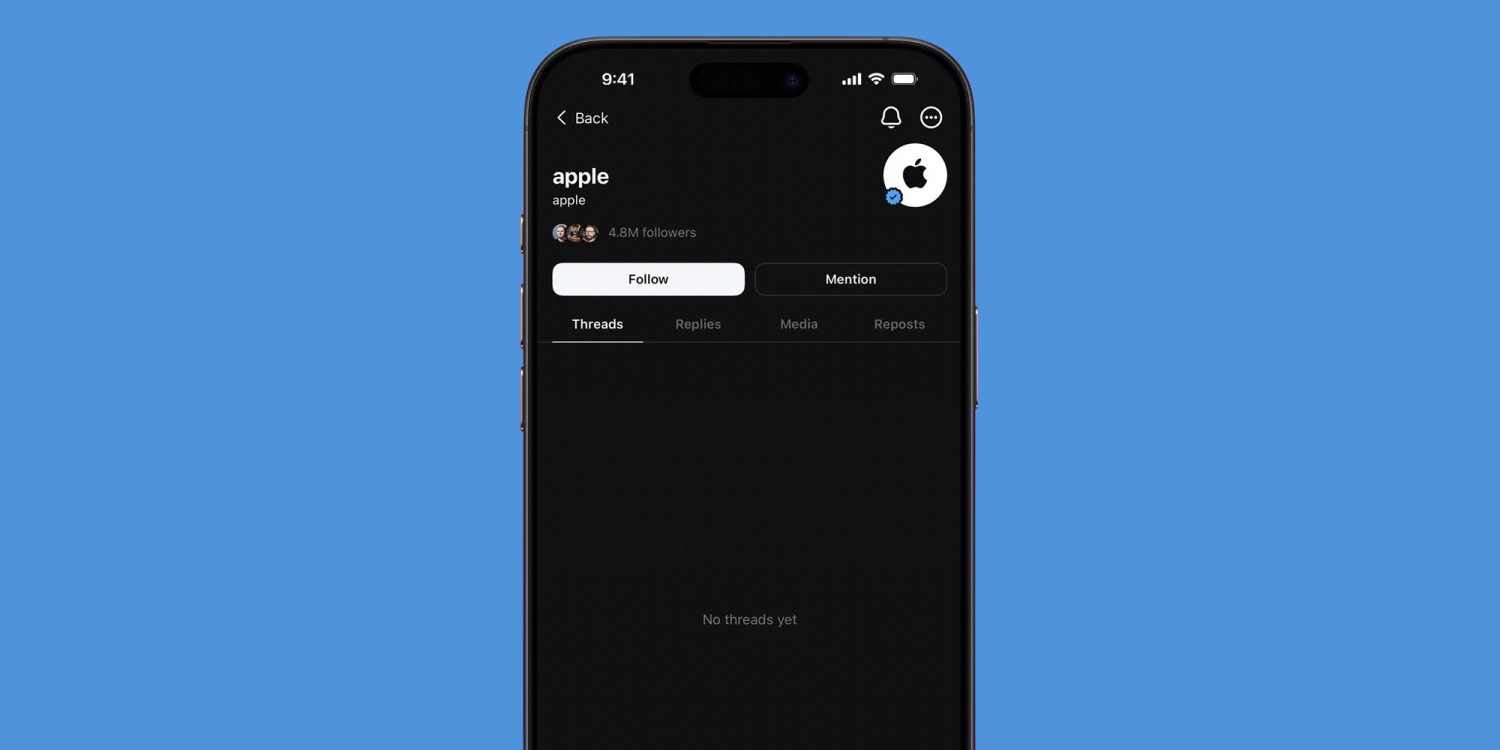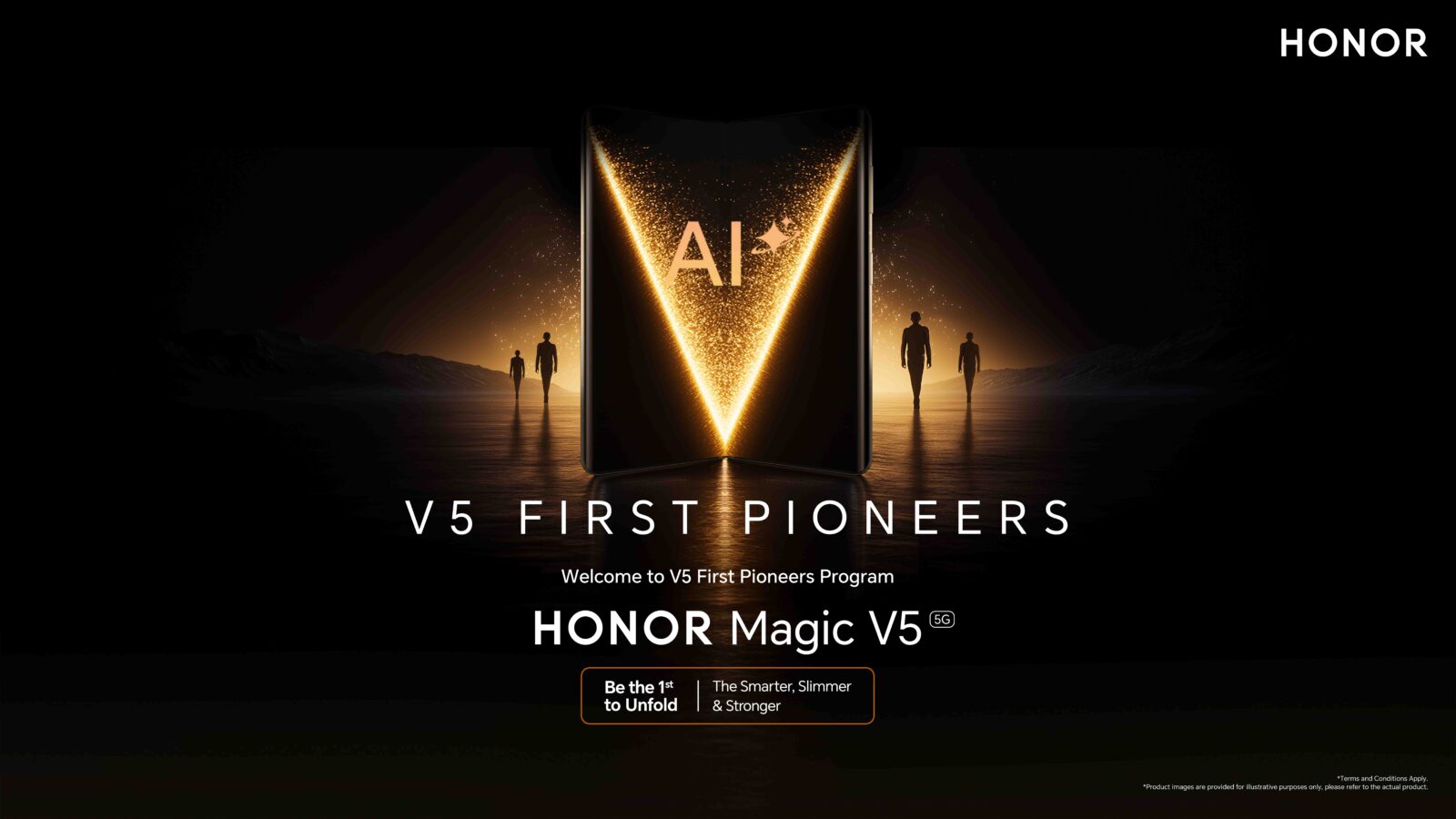After a somewhat underwhelming debut, Meta’s AI language model has received a major overhaul. The company has debuted a dedicated website (Meta.ai), incorporated Meta AI into search features across Facebook, Instagram, Messenger, and WhatsApp, and critically, deployed two new Llama 3 models to boost performance and offer features like image generation. With a rapidly heating AI market, Meta aims to position its AI tool as easily accessible and deeply integrated, potentially giving it an edge over rivals.
Key Improvements and Features
- Performance Boost: The new Llama 3 models promise faster response times and more intelligent answers. Early tests show noticeably improved speed compared to its predecessor.
- Image Generation: While a bit slower than desired, Meta AI now allows users to create images with text prompts, although the results still lag behind dedicated tools like DALL-E 2.
- Search Across Meta Platforms: Meta AI integrates search functions across its platforms, facilitating finding posts, Reels, or even local service recommendations, potentially reducing reliance on external search engines.
- Cross-Platform Access: A single login offers a seamless experience across the browser, Facebook, Messenger, and Instagram, with tailored features on each.
Hands-On Evaluation
Let’s delve into how Meta AI fares in practice across its various implementations:
- Meta AI Browser Experience:
- Snappy responses to a wide range of questions.
- Excels in local news/business recommendations.
- Image generation is available only with a Facebook login.

- Facebook and Messenger:
- Similar experience to the browser, with the added benefit of Google-sourced news and event summaries.
- Image generation, while slow, offers additional options like text overlay and animation.
- Still cannot effectively search for content from friends – a missed opportunity.
- Instagram Integration:
- Shines as a search tool for finding users, Reels, or general information.
- Seamless image sharing for created content.
- The most intuitive and potentially valuable implementation.
Strengths and Weaknesses
Meta AI’s primary strength lies in its accessibility across massively popular platforms. Its integration into Instagram’s search feels particularly natural and could drive frequent use. However, several areas call for further development:
- Image Generation Quality: Images still appear less realistic than competitors’ offerings.
- Limited Friend-Content Search: Missing the ability to find posts/Reels from within your social circle is counterintuitive for platform-based AI.
- Differentiation: While greatly improved, Meta AI needs a clearer unique selling point to stand apart from other AI chatbots.

The Competitive Landscape
Meta has made significant strides to make Meta AI a worthy contender, especially considering its massive potential user base. However, the AI market is crowded with powerful players:
- ChatGPT (OpenAI): Remains the benchmark for conversational AI and natural language understanding.
- Microsoft: Deep integration of AI into Bing and Office suite poses a productivity-focused challenge.
- Google and Others: Bard, Anthropic, and countless startups add to the market’s rapid evolution.
The Future of Meta AI
Whether Meta AI can carve a dominant niche remains to be seen. Success hinges on:
- Continued Refinement: Image generation, social content search, and speed must improve.
- Unique Features: Finding ways to leverage Meta’s social data for AI experiences others can’t offer.
- User Adoption: The convenience factor is strong, but will users find Meta AI as compelling as standalone rivals?
Meta AI’s transformation is impressive, but the AI battleground is unforgiving. Time will tell if ease of access and Meta’s vast resources will be enough to propel it into the top tier.





